Latest Articles

The definitive guide to 5G: Everything you need to know
This is our definitive guide to 5G, with explanations on 5G terms and technologies including sub-6GHz, mmWave, and much more.

It's fair to say that in the last couple of years, there has been no buzzword having as strong a marketing impact as the word 5G. The word signifies so much that the industry has been promoting it in every nook and cranny, even still going into 2024. New carrier deployments wax lyrical about 5G services. Chip vendors talk about 5G modems and SoCs. Device makers even now are still upselling 5G as the "next big thing" that will "change users' lives." Depending on who you talk to, you'll hear different things about 5G. Is it mildly upgraded 4G mobile broadband, or is it the technology that will connect industries and services, power a massive number of IoT devices, and serve as the backbone support for future innovation? What is 5G, exactly? Is it worth the hype?
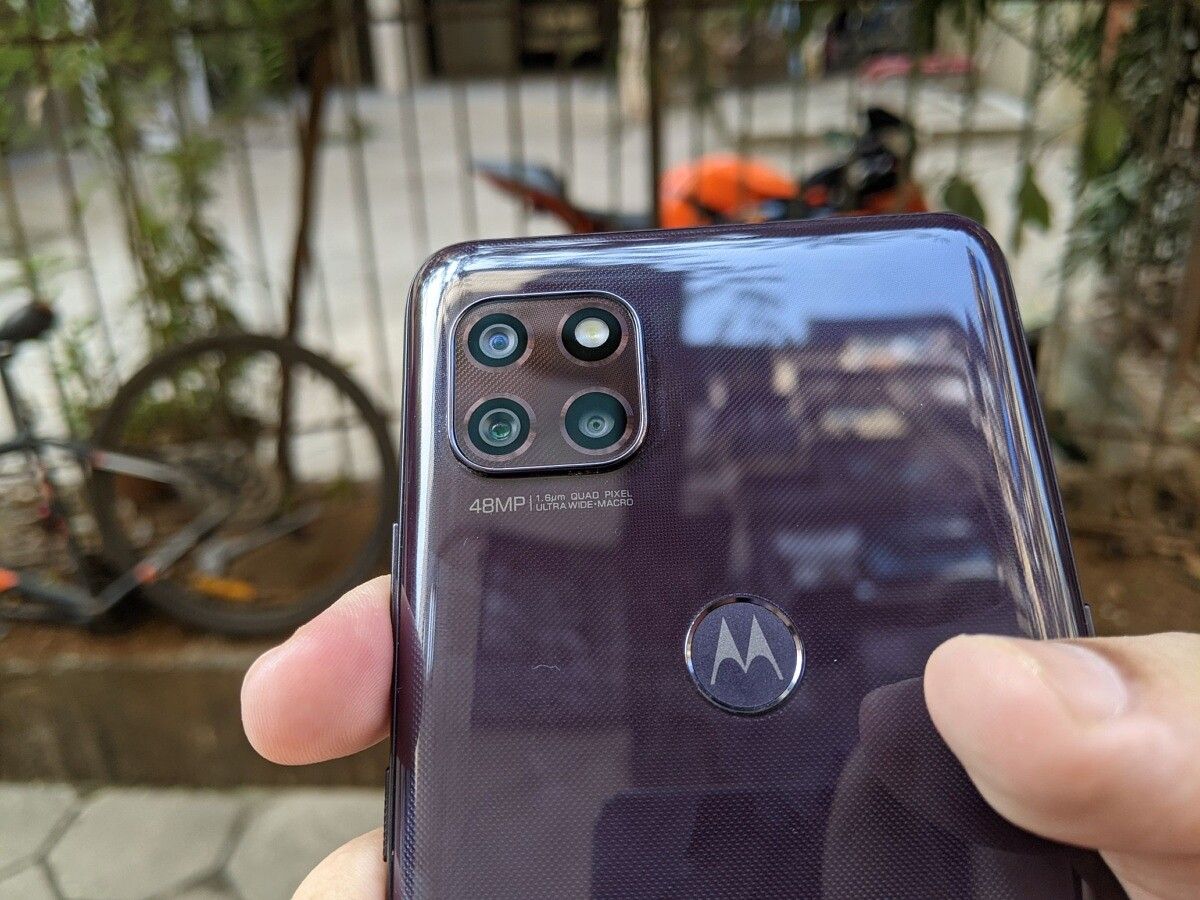
Moto G 5G Review: A 5G Phone Goes Back to the Basics
The Moto G 5G is Motorola's attempt to build a cheap 5G phone. Does the company succeed? Read on to know the answer in our review.

For years, Motorola had fallen behind in the budget and mid-range segments of the smartphone market. The company’s smartphone releases didn’t compete well in terms of specifications and value-for-money against offerings from Xiaomi, Realme, and even Samsung. At one point, it seemed Motorola could not recover from its self-inflicted wounds, as the brand increasingly slid into irrelevance. Since the latter half of 2018, however, it has started a bit of a course correction, with phones such as the Motorola One Power, Motorola One Action, and especially the well-received Motorola One Fusion+ in mid-2020. The Moto G 5G, launched in December as the company’s first mid-range 5G phone, aims to carry on this momentum.
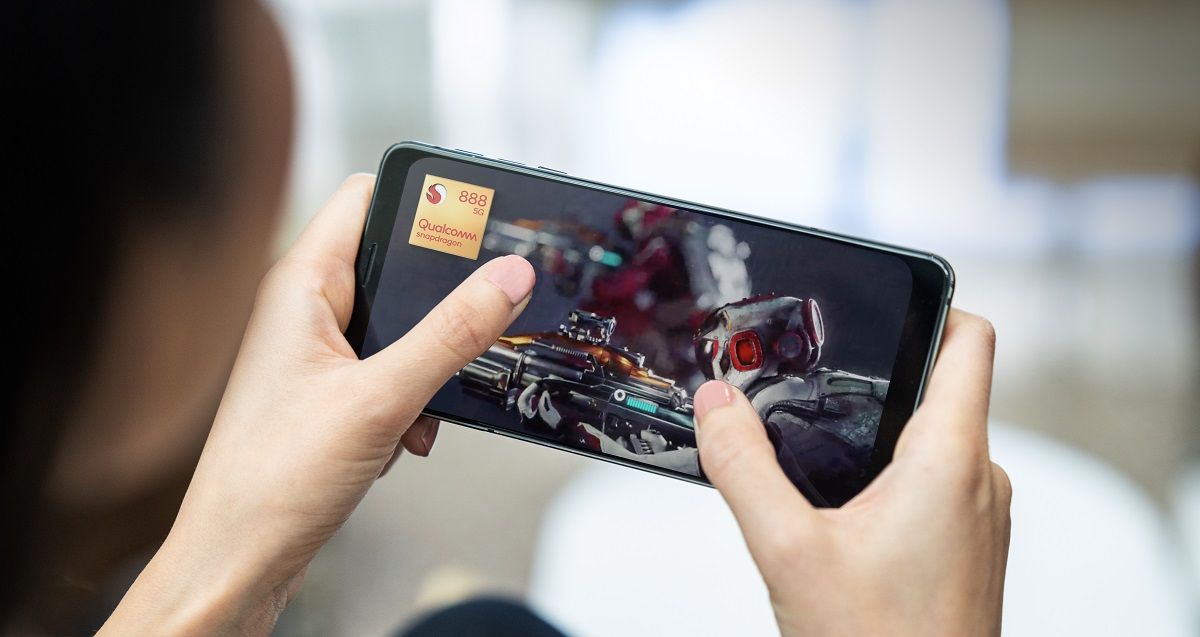
The Qualcomm Snapdragon 888 will power flagship 5G phones in 2021 - Here's what you need to know
Qualcomm has announced the Snapdragon 888 chip for 2021 flagship phones. Here's everything you need to know about its specs and features.

During Day 2 of its annual Tech Summit, Qualcomm unveiled the chip that will power the majority of 2021 Android flagships. A successor to the Snapdragon 865, the Snapdragon 888, as expected, brings major improvements in the CPU, GPU, DSP, ISP, modem, and a lot more. It features the new Kryo 680 CPU, Adreno 660 GPU, 6th generation AI Engine with the Hexagon 780 DSP, Spectra 580 ISP, Quick Charge 5, and the Snapdragon X60 modem-RF system.
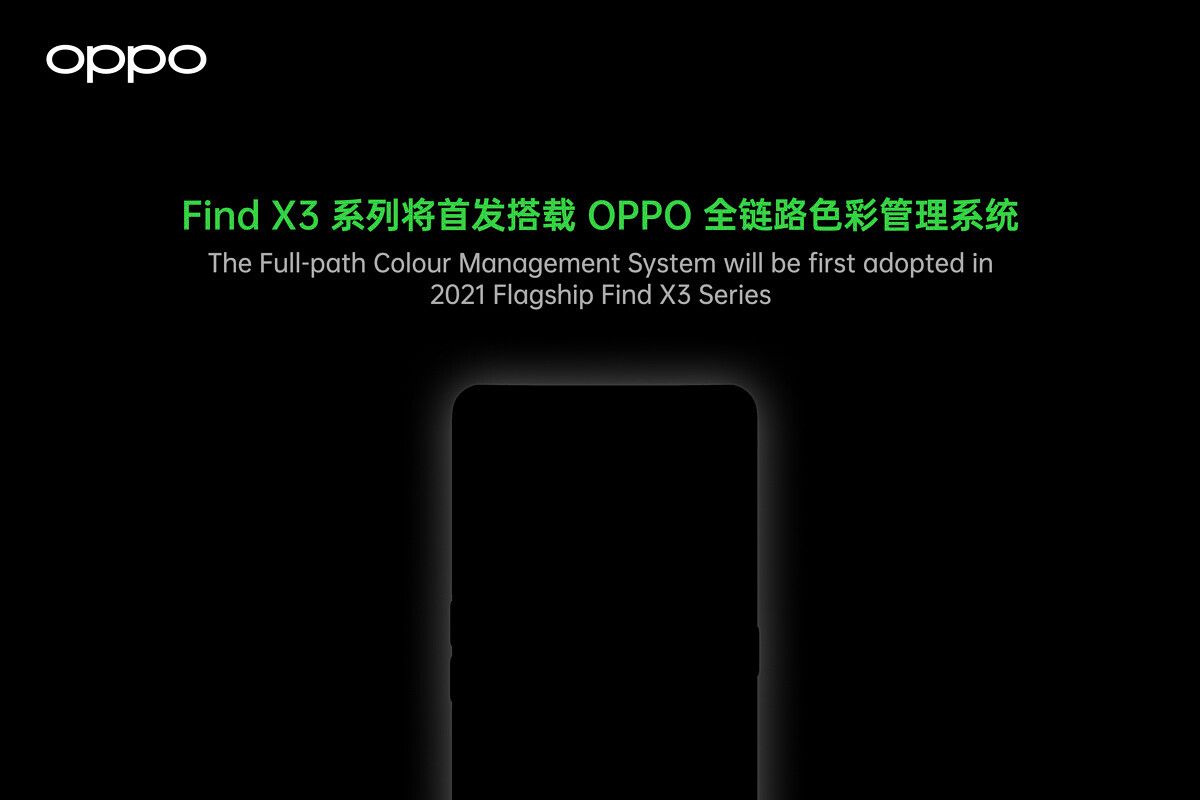
The OPPO Find X3 series launches in 2021 with end-to-end 10-bit color support
The OPPO Find X3 series, OPPO's next-generation flagship phones, will launch in 2021 with end-to-end 10-bit color support.

Color management on Android has been a tricky subject. Google added support for color management back in Android 8.0 in 2017, at a time when wide color gamut (WCG) displays had already proliferated across high-end smartphones. In the three years since, nearly every new Android phone now has color management support, and most new device launches have WCG displays. Third-party app support for color management is still rudimentary, however. Google's push for color management across third-party apps hasn't been as effective as Apple's iOS. It means sRGB still remains the standard gamut on Android phones, although apps can choose to use DCI-P3. In the hardware front, one of the applications of wide-color gamut Apple used was to take 10-bit WCG photos with a wider variety of richer colors (1.07 billion vs. 16.7 million), starting with the iPhone 7 back in 2016. However, up until now, no Android phone has followed Apple's lead here, as every Android smartphone camera continues to take 8-bit images in sRGB. This will change next year, as OPPO has announced that its next-generation flagship phones, the OPPO Find X3 series, will launch in 2021 with end-to-end 10-bit color support and WCG photography in the form of the Full-path Color Management System.
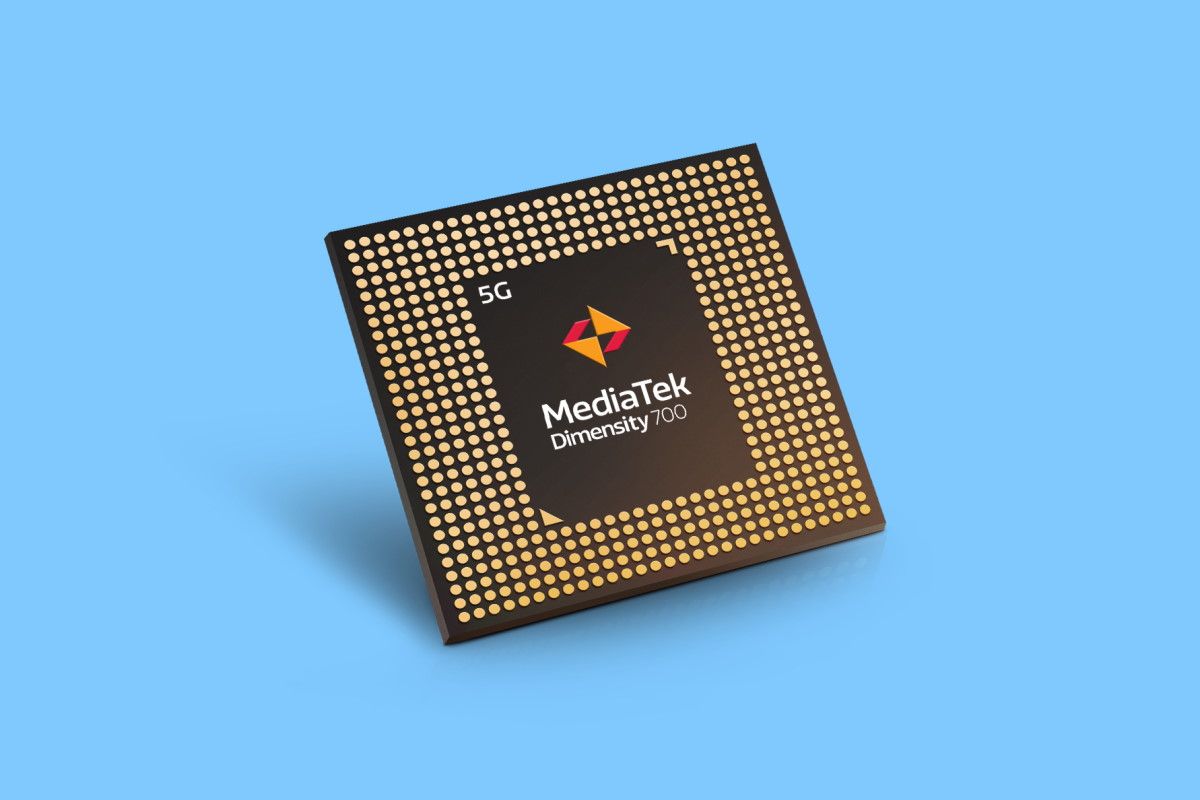
MediaTek announces the Dimensity 700 for 5G smartphones and the MT8195 and MT8192 for Chromebooks
MediaTek has announced the lower mid-range Dimensity 700 SoC for 5G smartphones as well as the MT8192 and MT8195 chips for Chromebooks.

MediaTek, the Taiwan-based fabless semiconductor company known for its low-end and mid-range smartphone SoCs, announced its first-ever 5G system-on-chip in the form of the Dimensity 1000 in November 2019. Since then, the company has expanded the 5G Dimensity series of chips by launching the Dimensity 800, Dimensity 1000L, Dimensity 1000 Plus, Dimensity 820, Dimensity 800U, Dimensity 1000C, and the Dimensity 720. Now, the company is back with another group of announcements. It has announced the Dimensity 700, which slots in as the entry-level, low-end option in the Dimensity series. It has also announced the MT8192 and the MT8195 SoCs for Chromebooks.
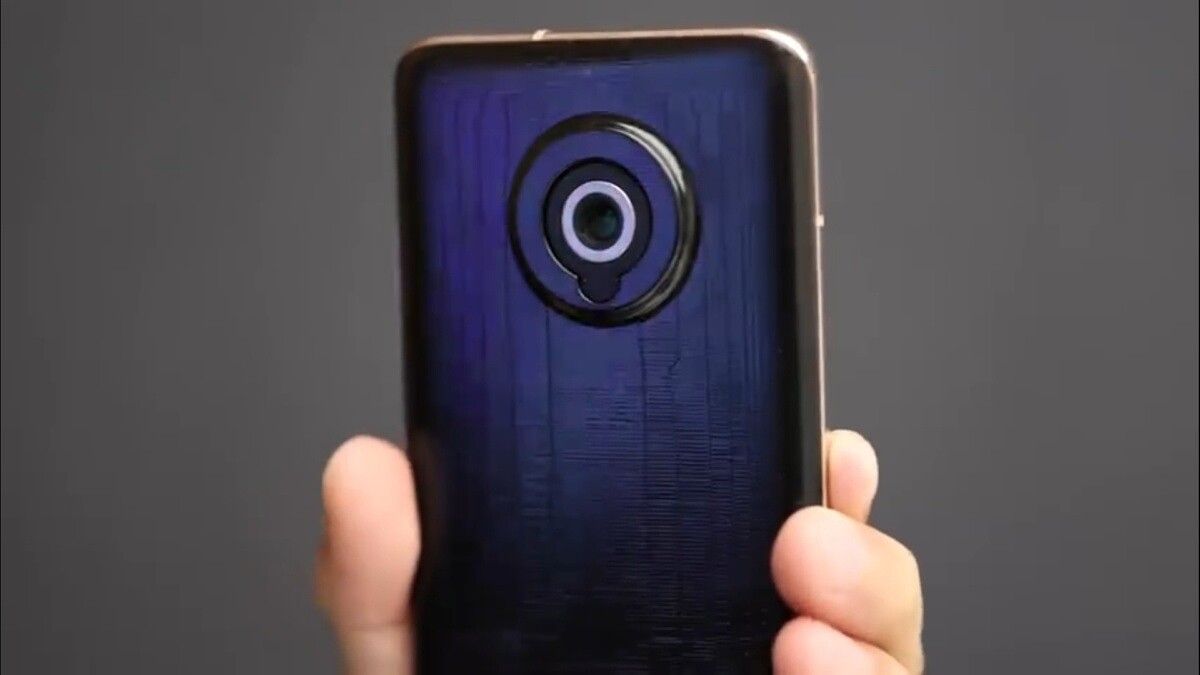
Xiaomi teases a large telephoto lens for smartphones that can physically zoom
Xiaomi has teased its new Retractable Wide Aperture Lens technology, which features a retractable telescopic lens that can extend out.

Smartphone cameras have come a long way, but there is still some way to go before they can match the latest mirrorless cameras. One of the key limitations that smartphone cameras have has been that they traditionally have fixed focal lengths. To get around this limitation, device makers have turned towards multi-camera solutions to provide a wider field-of-view with ultra-wide-angle cameras as well as a narrower field-of-view with cameras having fixed telephoto lenses. This limitation still means the secondary and tertiary cameras have poorer optics in terms of the aperture and resulting ability to capture light, as well as smaller sensors in general. Traditional mirrorless and DSLR cameras, on the other hand, have a single camera sensor and interchangeable lenses, which feature variable focal lengths. For example, you can have a 18-55mm kit lens that is usually paired with budget DSLR or mirrorless cameras, which means you can take ultra-wide-angle, wide-angle as well as normal photos with the same sensor. While some camera-specialized smartphones in the past such as the Galaxy K Zoom did have physical optical zoom technology (which is used in point-and-shoot cameras ) with retractable lenses, it never became popular on mainstream phones. This may change in the future as Xiaomi has now introduced its latest self-developed Retractable Wide-Aperture Lens Technology after taking inspiration from traditional camera designs.

ARM announces the Cortex-A78C CPU for laptops with up to 8 big cores
ARM has announced the Cortex-A78C CPU for laptops. It enables support for CPU clusters with up to eight cores and has 8MB of L3 cache.

In May, ARM announced its latest IP for mobile in the form of the Cortex-A78 CPU, Mali-G78 GPU, and the Ethos-N78 NPU. The company also announced its Cortex-X Custom (CXC) program, with the Cortex-X1 being the first CPU core under the program. The program allows for customization and differentiation beyond the traditional roadmap of ARM's Cortex products. The company says it has seen great success with this generation of ARM-based processors and the rapid expansion into markets outside of traditional phones. Now, the company is looking to address some of these markets with its latest CPU product, the Cortex-A78C.
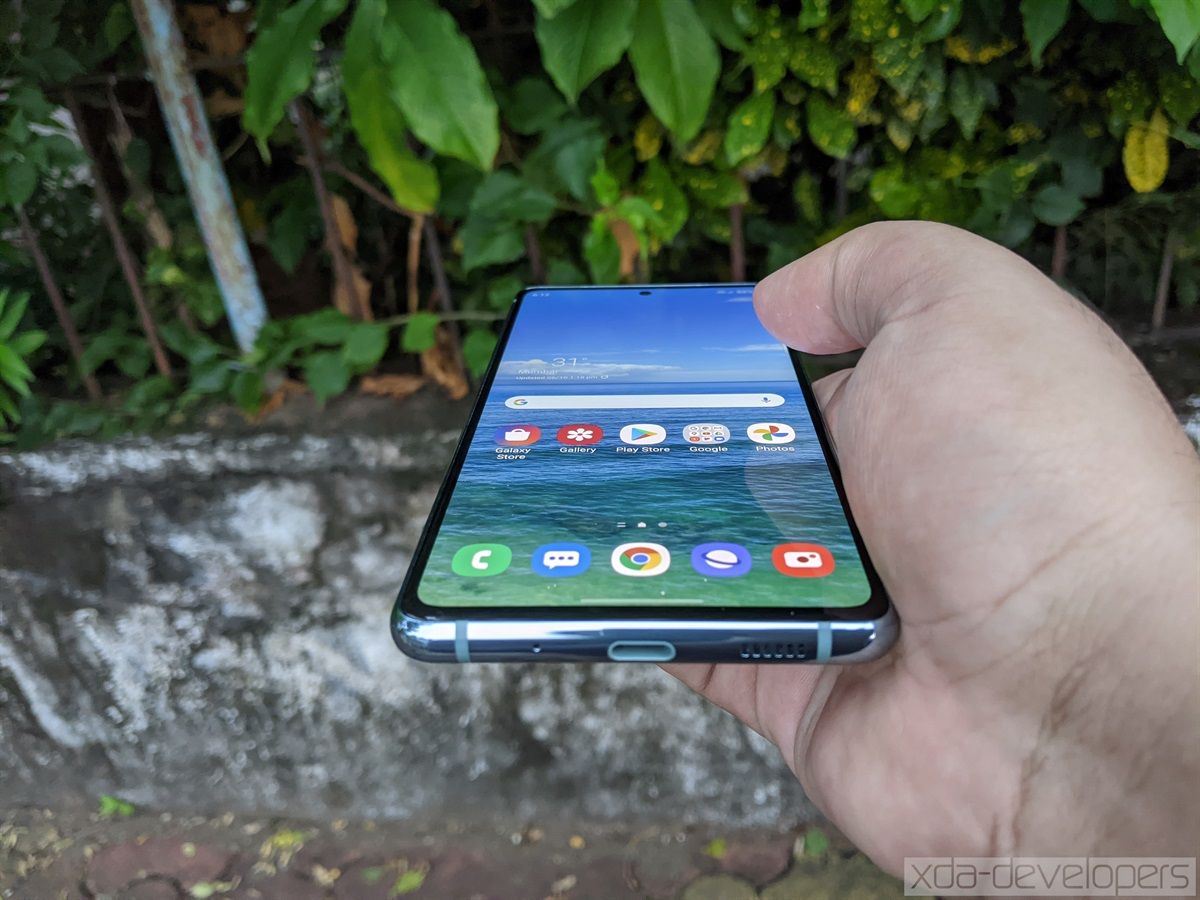
Samsung Galaxy S20 FE 4G Review: The Proof is in the Details
Read our full review of the Samsung Galaxy S20 FE to learn about its pros and cons, display quality, performance, camera analysis, and more.

The Samsung Galaxy S20 FE is Samsung's answer to the COVID-19 pandemic. Consumers aren't so interested in buying $1,399 flagships anymore. With declining economies and a drastic reduction in purchasing power, consumers are more interested in getting the most bang for the buck than ever. This is the area where companies like Apple, OnePlus, and Xiaomi are focusing on this year, and Samsung wasn't going to be left behind. Want the best of the Samsung Galaxy S20 at a cheaper price tag? Get the Galaxy S20 FE.

Samsung confirms the existence of the mid-range Exynos 1080 SoC with Cortex-A78 CPU and Mali-G78 GPU
Samsung has confirmed to Android Authority that the Exynos 1080, the successor of the Exynos 980, will power its future mid-range 5G phones.

In the last few years, Samsung Systems LSI's Exynos SoCs haven't been competitive with those from Qualcomm, both in the flagship and mid-range segments of the market. In particular, the flagship Exynos SoCs couldn't compete with the Snapdragon 800 series year after year, to the point that Samsung disbanded its Exynos M custom CPU core program at the Samsung Austin Research Center (SARC), with the Exynos 990 being the last Exynos SoC to feature custom cores for the foreseeable future. Next year's Exynos flagship SoC, referred to as the Exynos 1000 or the Exynos 2100, will use ARM's stock Cortex-A and Cortex-X CPU cores after five years of custom Exynos M cores. The mid-range Exynos SoCs never used Samsung's custom cores, but they also failed to compete in the past. This changed with the Exynos 980, which is a more capable SoC than the Qualcomm Snapdragon 765. Now, Samsung has confirmed the existence of its successor, the Exynos 1080.
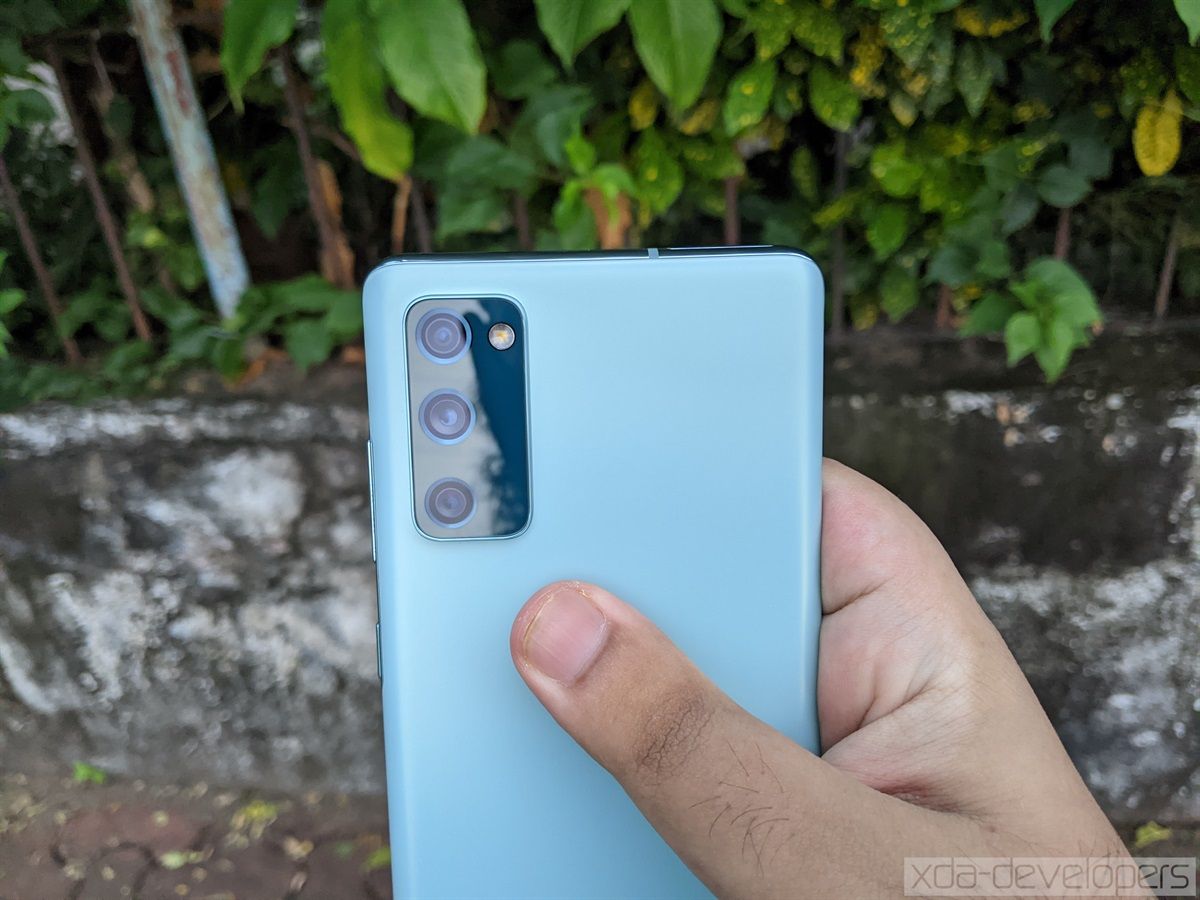
Samsung Galaxy S20 FE 4G First Impressions: Function over Form
Read our first impressions of the newly launched Samsung Galaxy S20 FE 4G, an affordable flagship that features the Exynos 990 SoC.

It's fair to say that Samsung was blind-sided with the COVID-19 pandemic this year. Every device maker's smartphone sales have been affected by the pandemic, and this is natural—consumer spending is down because of the decrease in purchasing power. However, Samsung has been affected more than Huawei or Xiaomi, for example. The company's decision to raise the pricing of its flagship Galaxy S20 series this year came at a bad time. The flagship Galaxy S20 Ultra's $1,399/₹97,999 price tag raised many eyebrows, and even the regular Galaxy S20 and the Galaxy S20+ experienced steep increases in pricing. According to multiple reports, the Galaxy S20 series has sold in significantly lesser amounts than its predecessors. The decline in sales was such that Samsung lost its position as the top global smartphone vendor to Huawei. The Galaxy Note 20 series brought an ultra-expensive Galaxy Note 20 Ultra, and a surprisingly hobbled regular Galaxy Note 20. Samsung needed something more effective in terms of pricing, and to deliver on the need, the company has gone back to basics by launching the Samsung Galaxy S20 FE (Fan Edition).

Future ARM big core CPUs will drop support for 32-bit apps
ARM has announced that future ARM Cortex-A series CPUs will be 64-bit only, starting from 2022, and thus dropping support for 32-bit.

In May 2020, ARM announced its 2020 CPU lineup, consisting of the ARM Cortex-A78 A-series CPU core and the new ARM Cortex-X1 core, the first coming under the Cortex-X custom CPU program. The new cores haven't made their way to any shipping devices yet - users will have to wait for early 2021 to see phones powered by the new IP. That's the way ARM announces its new products: the ARM Cortex-A77 CPU core, announced in May 2019, only made its way to shipping phones in February 2020. The ARM Cortex-A78 and the Cortex-X1 are 64-bit cores like their predecessors, but they also have hardware support for old 32-bit apps. ARM has now confirmed that this will change, though. Future ARM big cores, that includes the Cortex-A as well as the Cortex-X CPU cores, will become 64-bit only starting 2022.
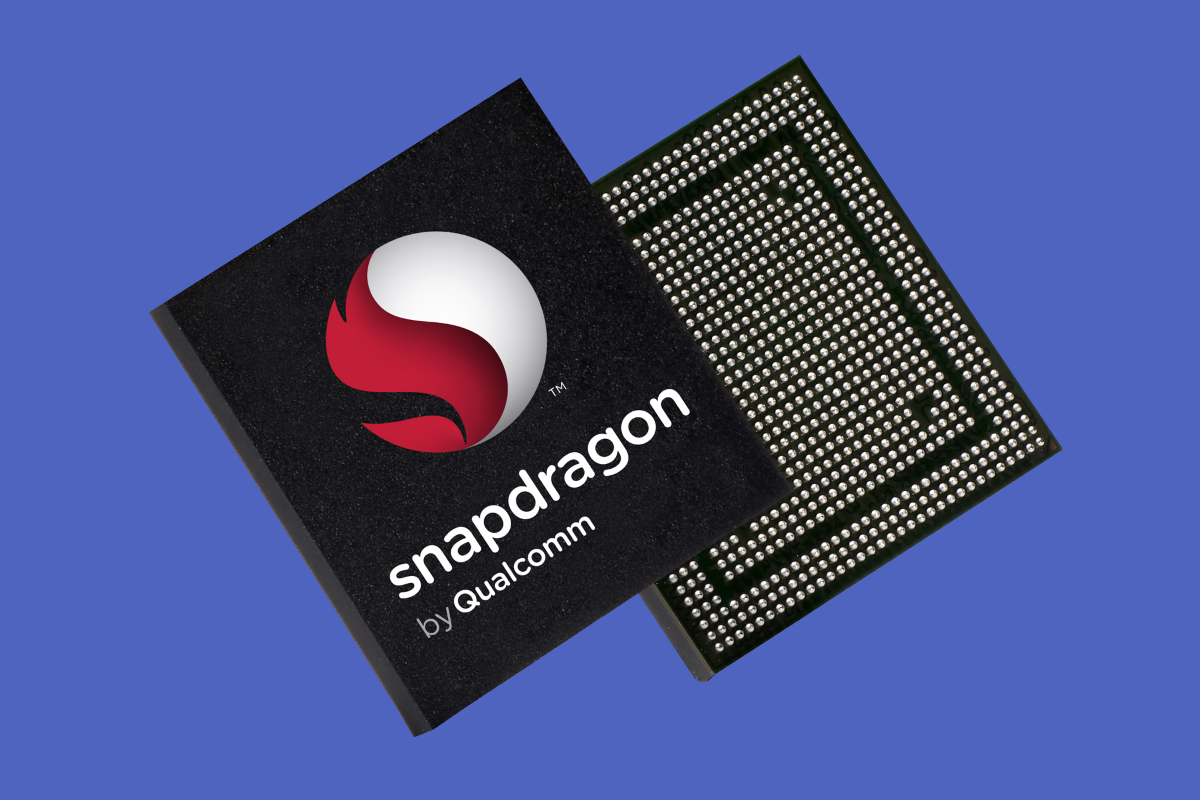
How Qualcomm is Improving the Camera Experiences on Android Phones with its Spectra ISPs
Qualcomm's Judd Heape explains how Qualcomm is improving the camera experiences on Android phones with new features in its Spectra ISPs.

As the maker of system-on-chips (SoCs) that power much of the world's smartphones and wearables, US-based Qualcomm is undoubtedly one of the giants of the chip maker industry. The Snapdragon line of SoCs, for example, is used by nearly every major Android device maker for flagship, mid-range, and budget smartphones. Qualcomm gets plaudits every year at the company’s annual Tech Summit for advancements in the CPU, GPU, and AI fields, as it incorporates ARM’s new CPU microarchitectures and complements them with yearly improvements in its custom GPUs. However, its advancements in the field of cameras aren’t noticed as much, as they tend to go under the radar.
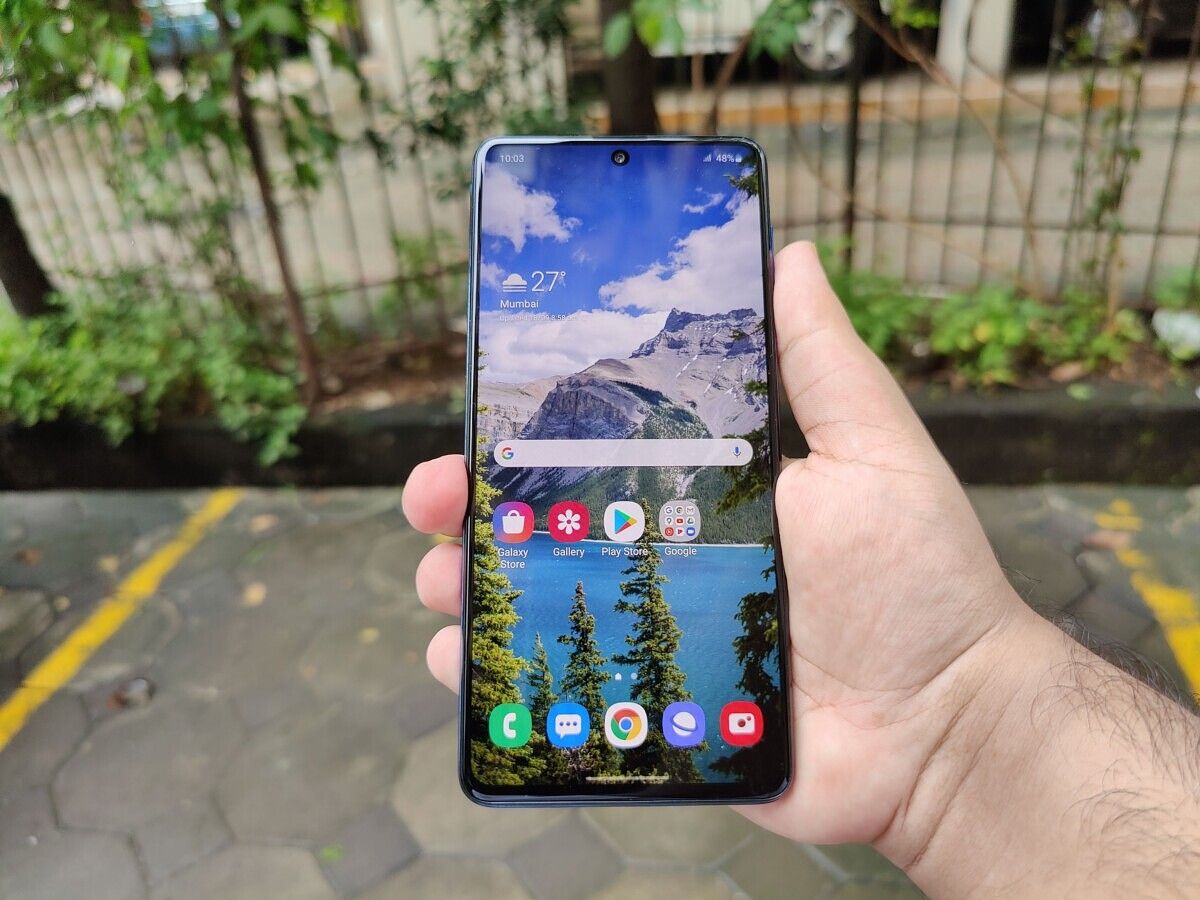
Samsung Galaxy M51 Review: The New Benchmark for Battery Life in Smartphones
Read the XDA review of the Samsung Galaxy M51 to find out its strengths and weaknesses. The 7,000mAh battery is class-leading.

Not too long ago, Samsung was ceding a lot of ground to China-based smartphone vendors such as Xiaomi and Realme in the budget, lower mid-range, and upper mid-range segments of the smartphone market. In 2017 and 2018, the company lost its position as the top smartphone vendor in India to Xiaomi, and it hasn't regained it since. The budget Galaxy J series and the mid-range Galaxy A series weren't competitive enough to stand out in a crowded world of high-value propositions. Therefore, Samsung reset its mid-range phone strategy in 2019 with the launch of the new online-only Galaxy M series and a substantially upgraded Galaxy A series. Phones like the Galaxy M30 and its successors were meaningful steps forward, even though they still couldn't compete head-to-head with more aggressively priced phones. Even in 2020, the Galaxy M series has a value deficit when compared with phones from Xiaomi and Realme, but that hasn't stopped Samsung from doubling down on the series' USP: huge battery capacities. The Galaxy M20 and the Galaxy M30 had 5,000mAh batteries, while the Galaxy M30s brought a 6,000mAh battery to the mid-range segment, carried over by the Galaxy M31 and the Galaxy M31s. Now, the new Samsung Galaxy M51 - intended as the flagship of the M series - brings a mammoth 7,000mAh battery, a first for a mainstream "branded" phone in the upper mid-range segment.
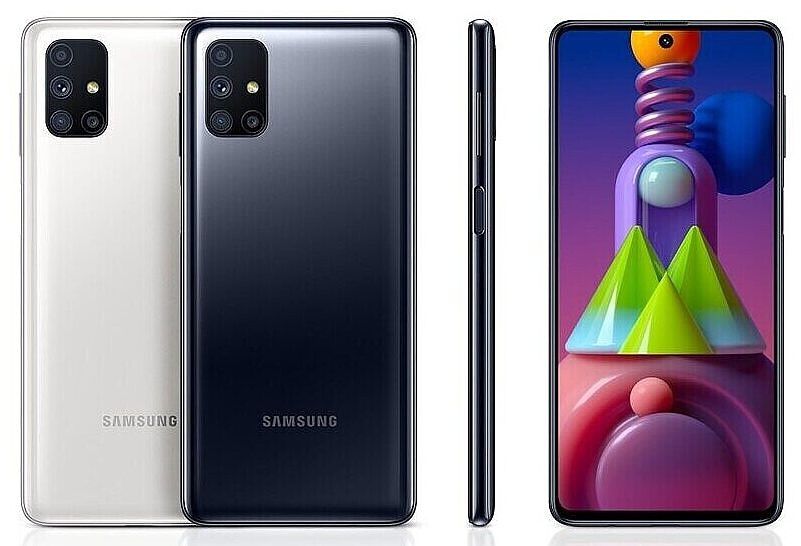
Samsung Galaxy M51 launched in India with Snapdragon 730G and a 7,000mAh battery
Samsung has launched the Galaxy M51 in India for the prices of ₹24,999 and ₹26,999 for the 6GB/128GB and 8GB/128GB variants respectively.

It can be argued that this year's lower and upper mid-range smartphone launches in India don't have the same value proposition as last year's launches. Higher taxes coupled with price increases generation over generation has meant that 2019 was better for consumers looking for the most bang for the buck. However, that hasn't stopped vendors such as Xiaomi, Samsung, and Realme from releasing new phones. Samsung's Galaxy M series was a hit last year, coming after years of lowly efforts in the mid-range price spectrum. This year, Samsung has refreshed phones such as the Galaxy M30s with the Galaxy M31 (hands-on) and then the Galaxy M31s (review). While last year's Galaxy M lineup was completed with the Galaxy M40, this year, Samsung has so far not released a successor to the Galaxy M40, instead releasing a higher-targeted phone with the Galaxy M51 (there was no Galaxy M50 last year). The Galaxy M51's unique feature is the presence of a 7,000mAh battery, but it's no slouch in some other respects too. Samsung launched the phone in Germany at the end of August, and now the phone has made its way to India.
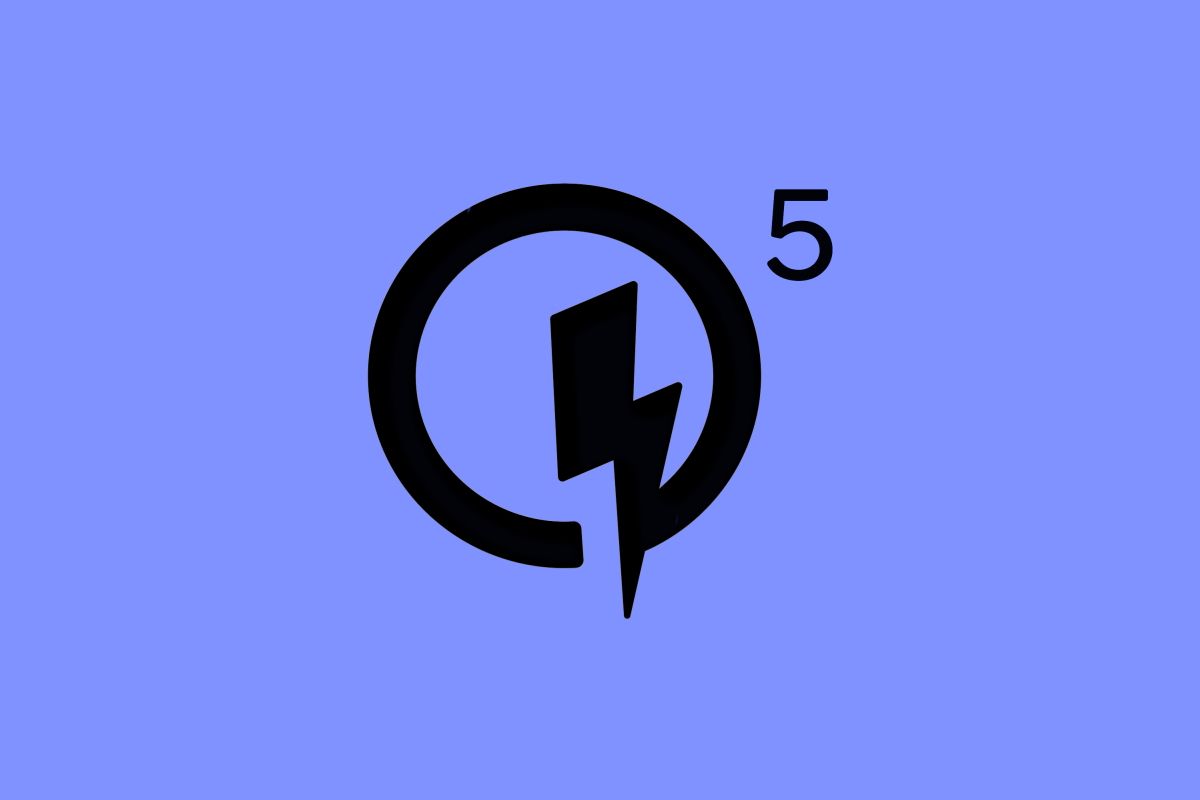
Qualcomm Quick Charge 5 will bring 100W+ fast charging to future Android smartphones
Qualcomm has announced Quick Charge 5, which it says is the fastest commercial charging technology for Android devices, bringing 100W+ charging.

Every year, we have seen advancements in fast charging technologies in Android phones. Qualcomm was one of the pioneers in the fast charging space with Quick Charge 1.0 back in 2013, bringing 10W charging. Quick Charge 2.0, released in 2015, brought 1.5x charging speed improvements with 18W charging. Quick Charge 3.0 and Quick Charge 4.0, released in 2016 and 2017 respectively, kept the charging wattage constant at 18W, while Quick Charge 4+ brought support for up to 27W and 45W chargers late in its life cycle. Now, Qualcomm has announced Quick Charge 5, bringing some exponential improvements. It will bring 100W+ fast charging to future Android phones. Qualcomm says it's the fastest commercial charging technology for Android devices.

[Update: Coming to Chrome 86] Going back and forward in Google Chrome will get a lot faster with bfcache
Google plans to make navigating web pages back and forward a lot faster in Google Chrome with the help of bfcache. It will be testing this in 2019.

Google Chrome is the world's most popular web browser, both on mobile and on the desktop. Over the years, it has faced its fair share of criticism for being more memory-intensive than it needs to be and getting bloated in terms of size and features, but it has also received praise for its real-world speed and usability. Now, Google has announced that it is working on a new feature to improve back-forward navigation in the web browser, using bfcache (backward-forward cache).
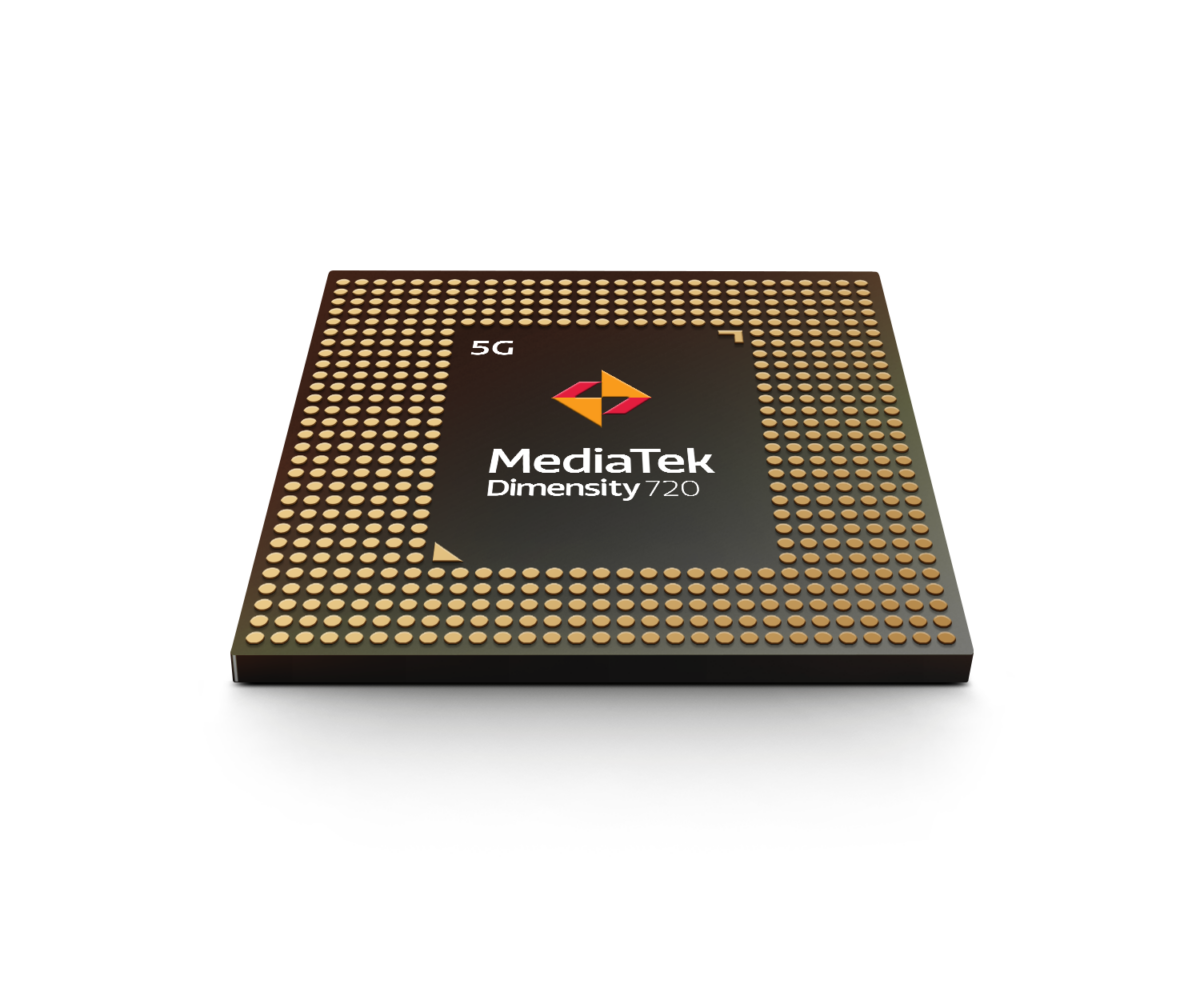
MediaTek announces the Dimensity 720, another mid-range SoC with integrated 5G
MediaTek has announced the Dimensity 720, which is the first SoC in the mid-range Dimensity 700 series. It has an integrated 5G modem.

MediaTek launched the Dimensity 1000, its first SoC in the 5G Dimensity SoC series, back in November 2019. The Dimensity 1000 in its original form interestingly hasn't made its way to any shipping device yet, but the Dimensity 1000L---a lower binned version of the chip---did make its way to the Chinese OPPO Reno3. The Dimensity 1000's announcement was followed by the announcements of the mid-range Dimensity 800 and the Dimensity 820 at CES 2020 and in May 2020 respectively, while the Dimensity 1000 received a refresh in the form of the 144Hz-supporting Dimensity 1000 Plus, which made its way into the iQOO Z1. Now, MediaTek has extended the Dimensity series by launching the first SoC in the Dimensity 700 in the form of the Dimensity 720. This is another mid-range SoC with an integrated 5G modem, but as expected, it cuts down on its core specifications compared to the Dimensity 800 series.
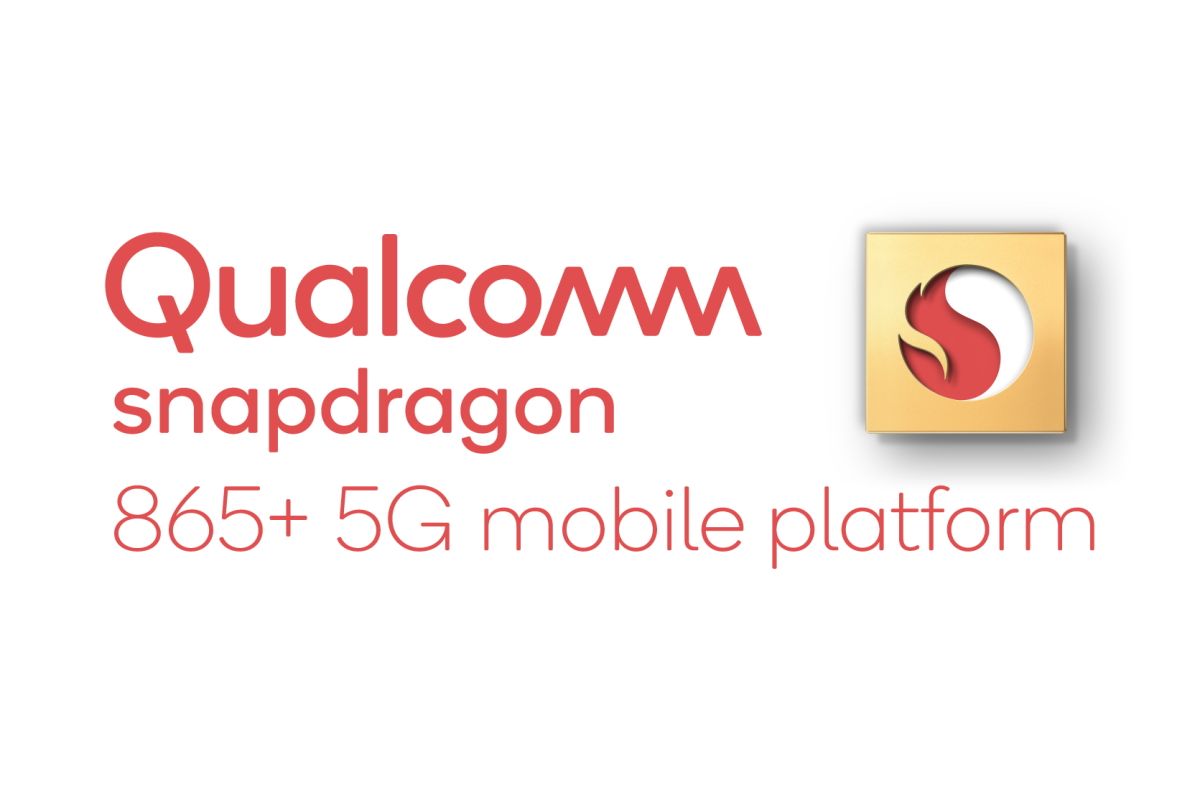
The Qualcomm Snapdragon 865 Plus brings a faster CPU and GPU, Wi-Fi 6E, and Bluetooth 5.2 support
Qualcomm has announced the Snapdragon 865 Plus. It features a 3.1GHz Prime core, 10% faster GPU, and the FastConnect 6900 connectivity system.

At the 2019 Snapdragon Tech Summit, Qualcomm announced the Snapdragon 865, its flagship mobile platform for 2020 flagship Android mobile devices. The system-on-chip has turned out to be the best smartphone SoC so far in 2020, beating the Exynos 990, Kirin 990, and the MediaTek Dimensity 1000L. It has been featured in acclaimed flagships such as the OnePlus 8 series, the Xiaomi Mi 10, the Snapdragon Galaxy S20 variants, and many more. Even though the Snapdragon 865 remains best-in-class in the Android smartphone market, Qualcomm has launched a mid-cycle refresh in the form of the Snapdragon 865 Plus. This follows the template of previous Snapdragon mid-cycle refreshes such as the Qualcomm Snapdragon 855 Plus in 2019 and the Snapdragon 821 back in 2016.
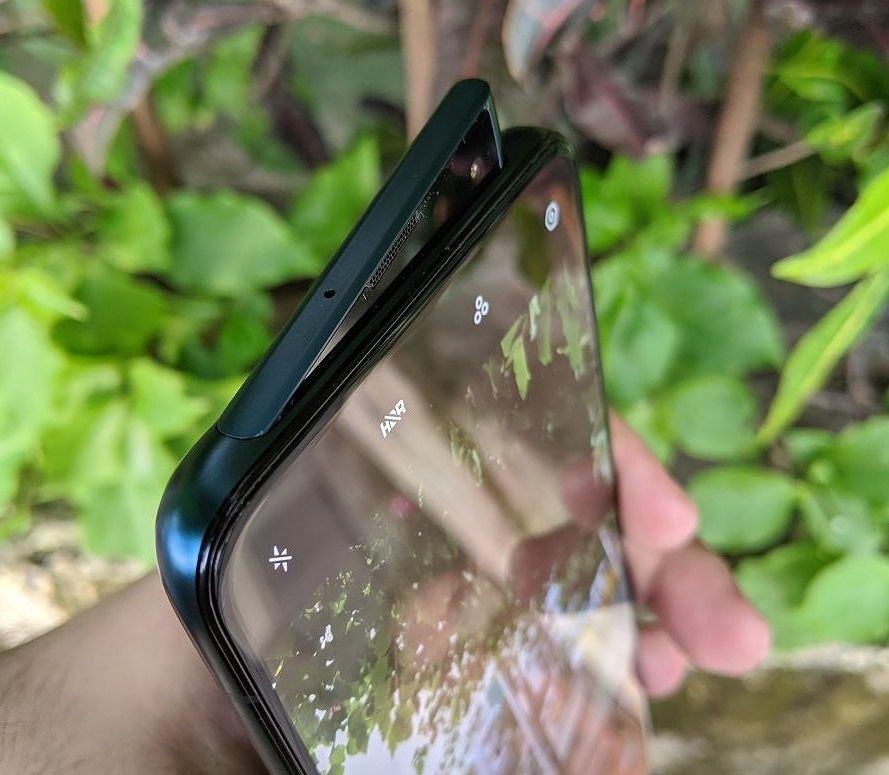
ColorOS 7.1 for the OPPO Reno 10x Zoom finally enables video recording on all cameras
The ColorOS 7.1 update for the OPPO Reno 10x Zoom brings the ability to record videos with all cameras, including the ultra-wide-angle camera.

The OPPO Reno 10x Zoom was announced back in April 2019 as the first flagship phone in the OPPO Reno series. It had fairly good specifications for the time consisting of the Qualcomm Snapdragon 855 SoC, 6GB/8GB of RAM with 128GB/256GB of storage, and a 6.6-inch notchless Full HD+ (2340x1080) AMOLED display. robust triple rear camera setup consisting of a 48MP primary camera, 8MP ultra-wide-angle camera, and a 13MP periscope telephoto camera. A 16MP front camera and a 4,000mAh battery ensured that its specifications presented the right quality of compromises. In terms of design, it distinguished itself by having a unique shark fin popup front camera and by not having a rear camera bump. In terms of software, it shipped out of the box with ColorOS 6 on top of Android 9.
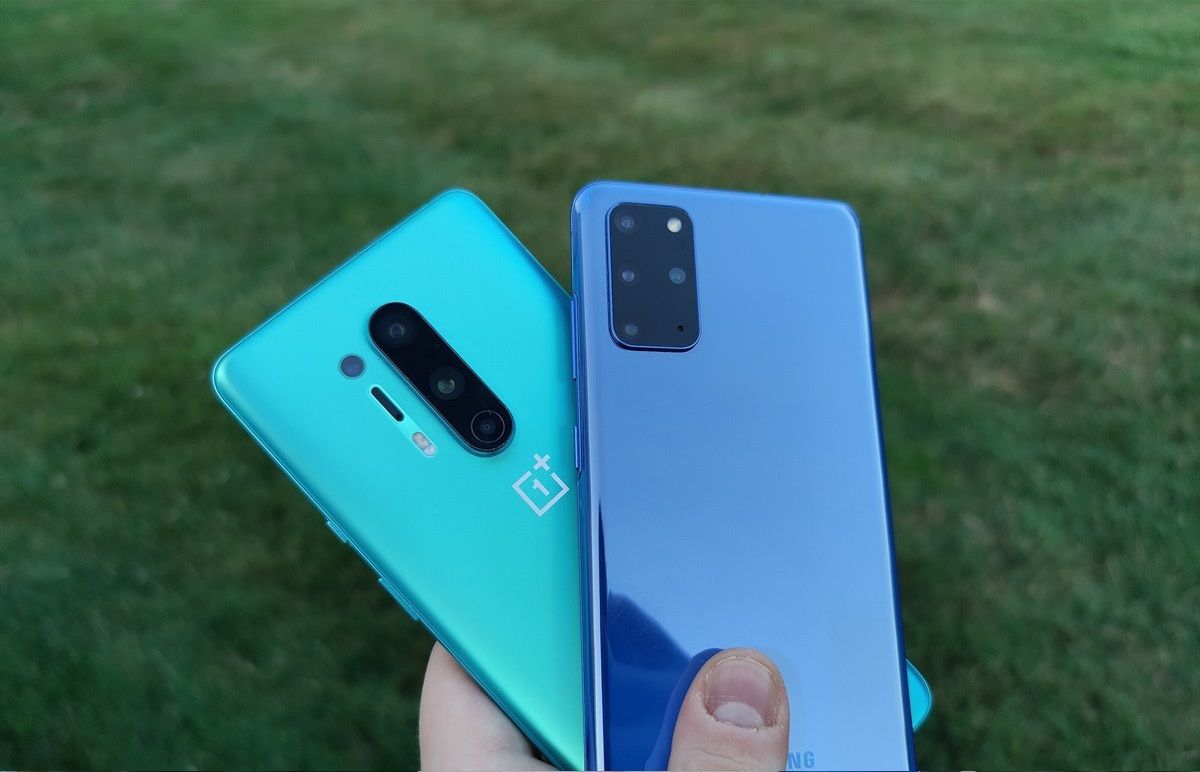
OnePlus 8 Pro vs. Samsung Galaxy S20+ Review Comparison - The Quest to Attain Parity
This is XDA's in-depth comparison review of the OnePlus 8 Pro versus the Samsung Galaxy S20+, covering display quality, performance, cameras, and more.

Since 2011, Samsung has been the world's best-selling Android smartphone brand. Simultaneously, Samsung has also held the distinction of being the world's top premium Android smartphone brand. Over the last four years, Huawei mounted a serious challenge to Samsung by achieving second place in both the aforementioned rankings and began to quickly close the gap to Samsung. However, the U.S. trade ban saga meant that Huawei's international smartphone ambitions have largely been crippled since May 2019, leaving Samsung in a relatively secure position. Would things remain that way, though? OnePlus certainly had other ideas. The "Never Settle"-proclaiming startup brand (a subsidiary of the behemoth BBK Electronics company) was founded in 2014, and it quickly rose through the ranks in the premium smartphone market. With 2019's OnePlus 7 Pro, OnePlus showed that they were serious in competing in the big leagues. The 7 Pro was only the beginning of OnePlus' attempts to finally make a no-compromise flagship smartphone, with compromise-worthy flagship pricing. With the OnePlus 8 Pro, OnePlus is trying to convince the world that it finally has a smartphone competing with the very best, including the Samsung Galaxy S20+.
